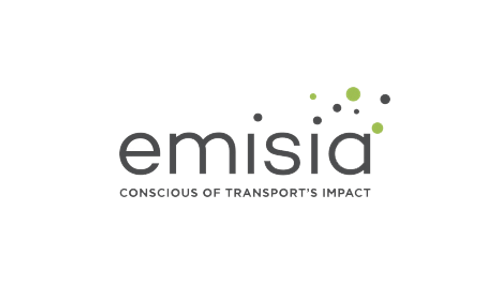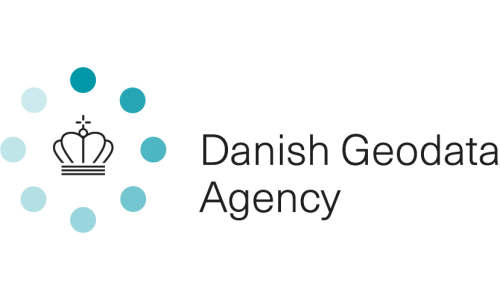
This use case will validate how crowdsourced nautical sensor data can be processed and qualified for improving navigational safety at sea using a decentralized data acquisition and Federated Learning approach. The Federated Learning approach will prioritize what information is urgent to share with the centralized server and what can wait until connected to a low-cost communication channel. All vessels with standardized equipment can become a Federated Learning crowdsourcing participant for improving safety at sea. This approach enables different data feedback loops providing different levels of contributions to nautical charts ranging from instant high-priority warnings against hazards to generic verification of existing models and validations of improvements to models.
Technologies used
MobiSpaces delivers an end-to-end mobility-aware and mobility optimised Data Governance Platform. It is surrounded by a Green & Environmental Dimensioning Workbench for the monitoring and advising of the processing behaviour, making suren guidelines and legislations are complied with towards minimising the environmental footprint. MobiSpaces envisions a set of toolboxes, suites, and tools that implement the MobiSpaces concept in its use case, see them showcased below.

Declarative Querying

Decentralized Data Management

Online Data Aggregator

Visual Analytics
What will MobiSpaces improve?
Performance in re-scheduling the service to peak period will be improved in the following Key Performance Indicators:
>70 %
utilize CSB data for detecting imprecisions to existing nautical charts where depth measured from sensors does not match with charted depths >70%
>90 %
generic verification of charts, where larger areas of CSB data is compared to existing charts (this could be useful to help prioritize where to put effort in resurveying and the seabed) >90%
>50 %
consider utilizing CSB data for actually charting sea areas where no surveying have been performed or quality of existing surveys are questionable >50% of data deriving from CSB



